I think about the landscape of Cleveland—of my Cleveland, of the Cleveland in my imagination, of my drives from the east to west side on Kinsman, of my walks along the Cuyahoga river trail—incessantly. I long to stare at it. I am astonished by it. I ruminate on it. I am continually frustrated by my inability to articulate what it means, or how it makes me feel.
According to the conventional wisdom about ruin porn, one thing I should definitely not do is aestheticize it. But I am unable accept this conventional wisdom. The aesthetics are too compelling.
We need a new language to talk about this landscape of Cleveland. For example:
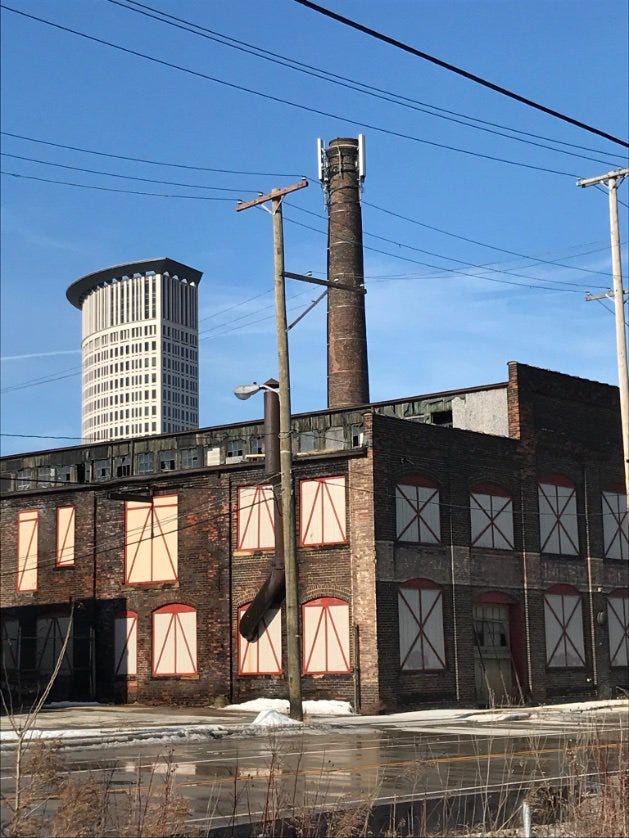
“We don't always have to associate ruination with failure and neglect…Where the process of physical decay is going on, and nature is moving in, we can try to see this in a positive light and ask ourselves what we can learn from those changes."
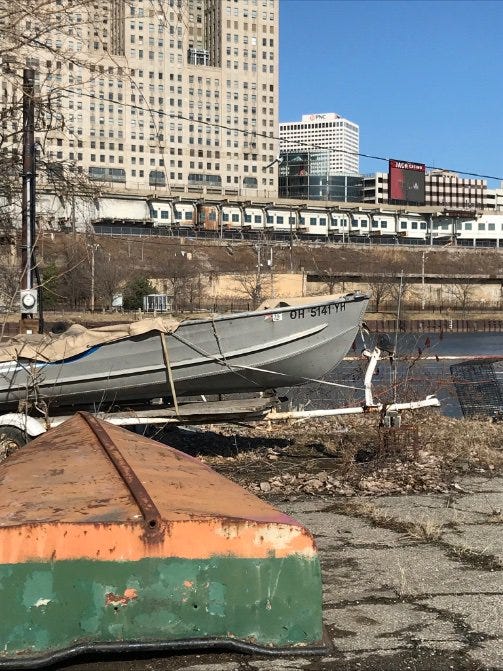
“These beauteous forms….
To them I may have owed another gift,
Of aspect more sublime; that blessed mood,
In which the burthen of the mystery,
In which the heavy and the weary weight
Of all this unintelligible world,
Is lightened”
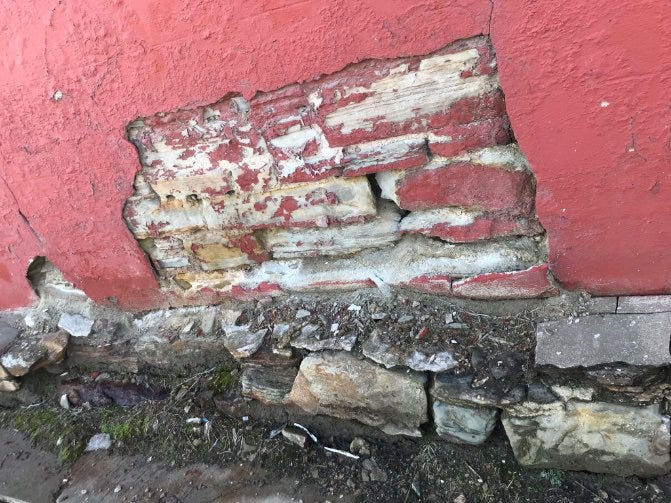
To see it crumbling there, an inch a year; its walls and arches overgrown with green; its corridors open to the day; the long grass growing in its porches; young trees of yesterday, springing up on its ragged parapets, and bearing fruit: chance produce of the seeds dropped there by the birds who build their nests within its chink and crannies; to see its Pit of Fight filled up with earth ... is the most impressive, the most stately, the most solemn, grand, majestic, mournful sight conceivable.
I linger on Edmund Burke’s discussion of the sublime:
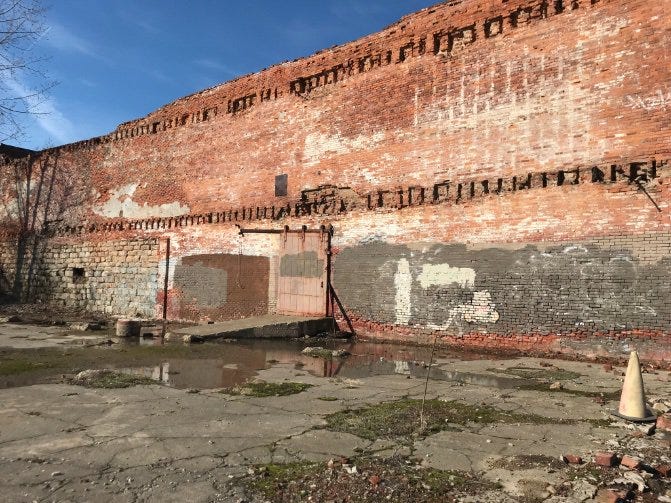
The passion caused by the great and sublime in nature, when those causes operate most powerfully, is astonishment; and astonishment is that state of the soul, in which all its motions are suspended, with some degree of horror. In this case the mind is so entirely filled with its object, that it cannot entertain any other, nor by consequence reason on that object which employs it. Hence arises the great power of the sublime, that, far from being produced by them, it anticipates our reasonings, and hurries us on by an irresistible force.
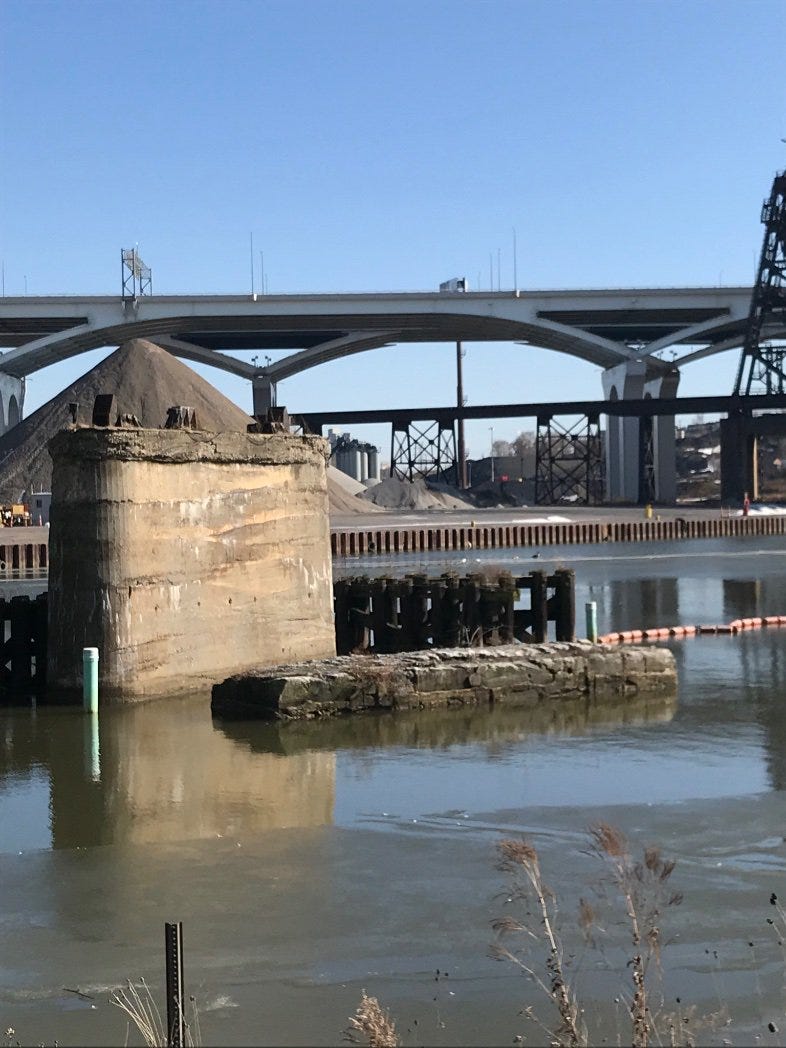
When danger or pain press too nearly, they are incapable of giving any delight, and are simply terrible; but at certain distances, and with certain modifications, they may be, and they are, delightful, as we every day experience.
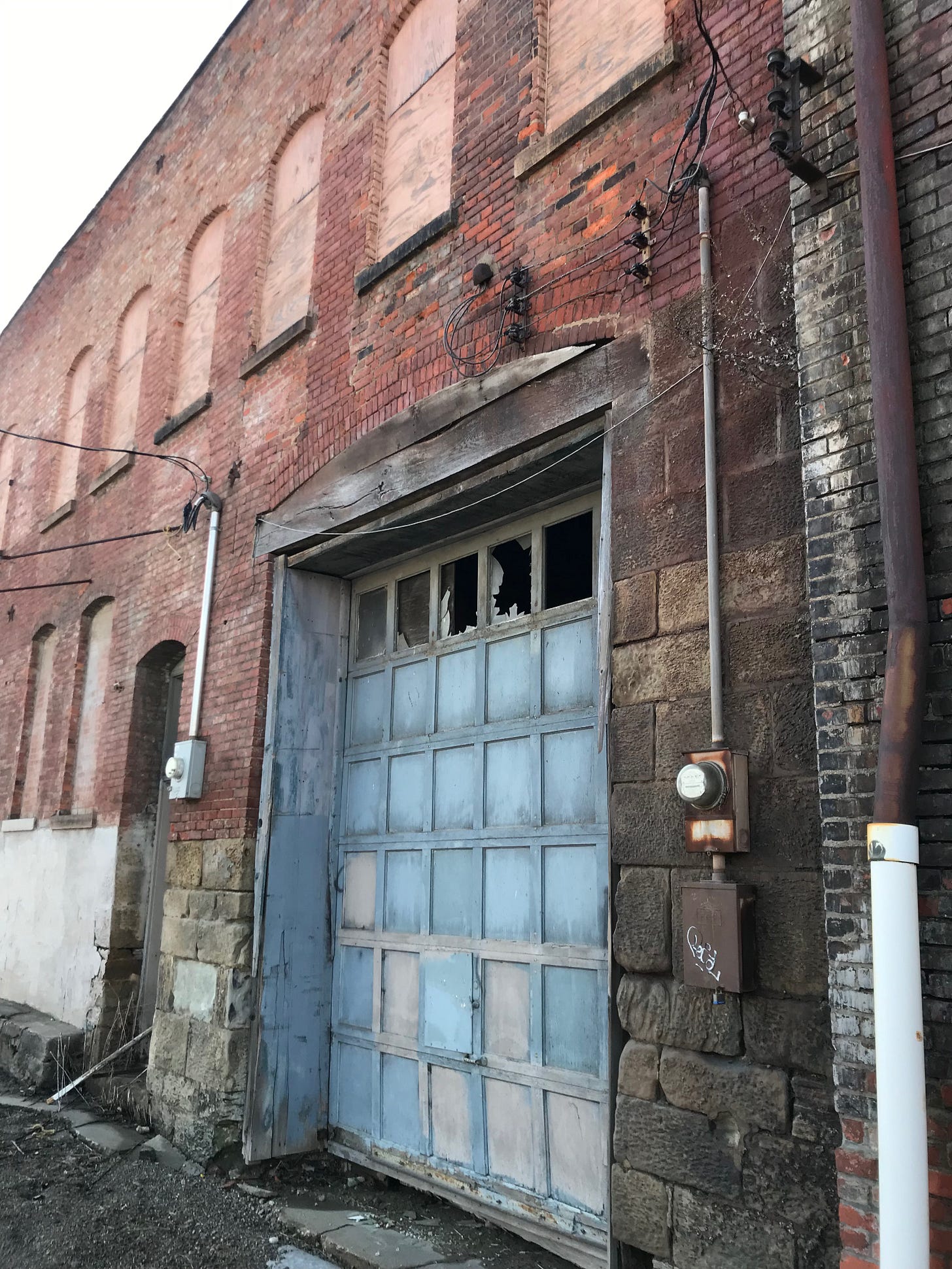
But if the sublime is built on terror, or some passion like it, which has pain for its object, it is previously proper to inquire how any species of delight can be derived from a cause so apparently contrary to it. I say delight, because, as I have often remarked, it is very evidently different in its cause, and in its own nature, from actual and positive pleasure.
“Beautiful” might be a fine term to apply to this area of Cleveland. The history is smoothed out, the weeds pulled, and a marker is the sanitized synecdoche that does not compel, or astonish, or surprise.
‘Beautiful’ is not a de facto positive terms. It is, perhaps as, if not more, problematic as ‘ruin porn’. As Sontag puts it:
That beauty applied to some things and not to others, that it was a principle of discrimination, was once its strength and its appeal. Beauty belonged to the family of notions that establish rank, and accorded well with a social order unapologetic about station, class, hierarchy, and the right to exclude.
What had been a virtue of the concept became its liability. Beauty, which once seemed vulnerable because it was too general, loose, porous, was revealed as — on the contrary — excluding too much. Discrimination, once a positive faculty (meaning refined judgment, high standards, fastidiousness), turned negative: it meant prejudice, bigotry, blindness to the virtues of what was not identical with oneself.
The strongest, most successful move against beauty was in the arts: beauty — and the caring about beauty — was restrictive; as the current idiom has it, elitist. Our appreciations, it was felt, could be so much more inclusive if we said that something, instead of being beautiful, was “interesting.”
You may be thinking: what does this discussion of the beautiful and sublime have to do with the non-profit industrial complex, with property taxes, or funding for artists, or the news desert, or other topics I have broached in these Cleveland Chronicles? The connection begins to become clear once you take this view of the city:
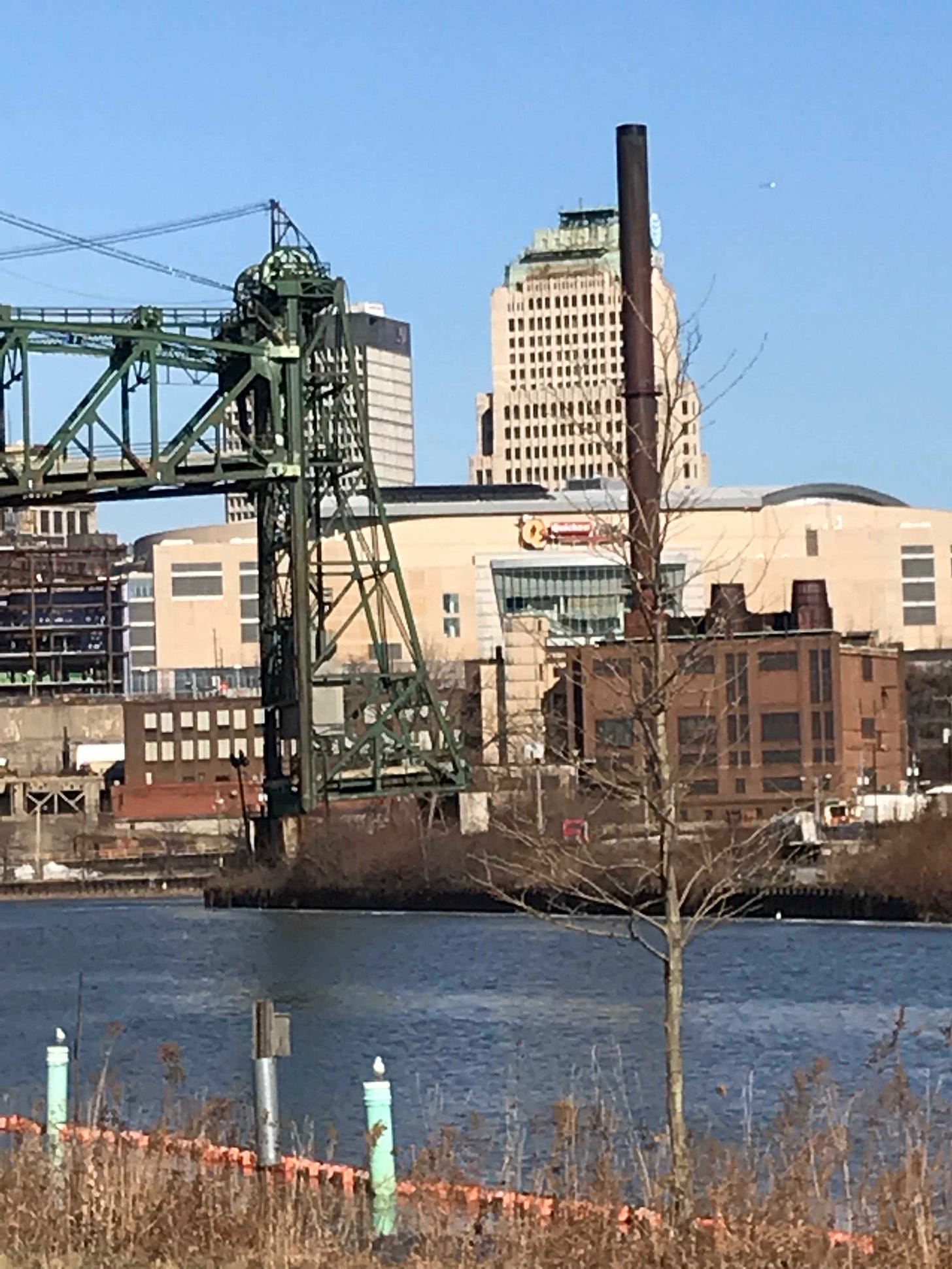
Cleveland Chronicles is a record of life in Cleveland throughout 2019 as filtered through the lens of the chronicler. Please sign up to receive it via email. You can do so for free, or, to support it and/or access the archives, for a small fee. I take posts down from the web after a bit.

